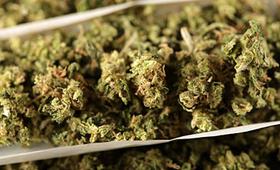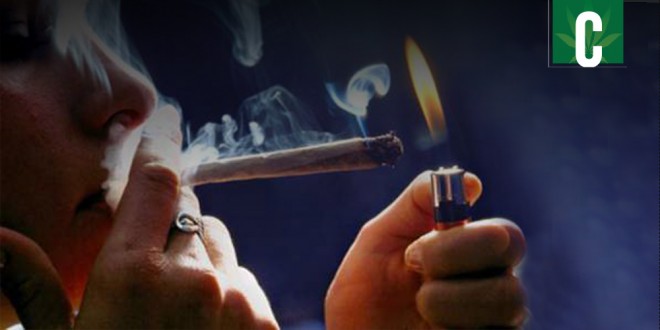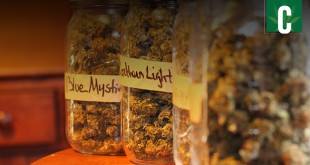A California company could be the first to develop a breathalyzer device that measures marijuana intoxication in motorists.
 Hound Labs Inc., based in Oakland, is working with researchers at the University of California, Berkley to design a workable breathalyzer that could measure THC levels. Hound Labs isn’t the only company racing to produce such a device, but they say they could be the first to pull it off.
Hound Labs Inc., based in Oakland, is working with researchers at the University of California, Berkley to design a workable breathalyzer that could measure THC levels. Hound Labs isn’t the only company racing to produce such a device, but they say they could be the first to pull it off.
The device would do double duty, measuring both THC and blood alcohol concentrations. In other words, it could detect drivers who are drunk, stoned, or both. Police departments across the country are clamoring for a weed breathalyzer, though no one has succeeded yet.
Demand is only likely to rise as more states loosen their cannabis laws. Four states already allow legal marijuana use while another 33 permit at least some degree of medical cannabis use. High driving is illegal everywhere in the United States, but specific laws vary widely.
Varying intoxicated driving laws
Some states apply a zero-tolerance standard, meaning any motorist who tests positive for any amount of THC is subject to arrest, even if the THC metabolites are inactive and the person has not been stoned for hours or days. Some states have “per se” laws, which punish drivers caught with more than a minimum amount of THC in their blood. And other states only impose penalties on motorists whose driving is actually erratic.
A functional breathalyzer could make it easier for police to determine who shouldn’t be on the road. Of course, it also has the potential to result in unjust arrests. It remains unclear how effective the Hound Labs device really is.
But the company said in December that it had devised a way to measure THC accurately using just one or two blows into a machine. The device reportedly only measures recent marijuana use, though Hound Labs did not explain exactly how it works.
There are already blood tests that can determine cannabis intoxication, but they’re time-consuming and can’t be administered on the side of the road. Officers must first arrest a driver and bring him back to the station before they can test his blood.
Driving while high is twice as dangerous
 The science on stoned driving is limited at best, but it suggests there is a distinct danger. Repeated studies have showed that driving after toking is twice as dangerous as driving sober, while drunk driving is 13 times as risky.
The science on stoned driving is limited at best, but it suggests there is a distinct danger. Repeated studies have showed that driving after toking is twice as dangerous as driving sober, while drunk driving is 13 times as risky.
In other words, high driving is safer than drunk driving but still dangerous. What is less clear is whether any mechanical device can truly give an accurate reading of intoxication. The amount of THC in a person’s blood is not always a good gauge of how high the person is or was.
Experts, including the National Highway Traffic Safety Administration, agree there isn’t yet enough science to know exactly how much marijuana is needed before users become impaired. Even so, some states have set specific “per se” limits that may not correspond to any real degree of intoxication. Washington and Montana, for example, punish drivers with more than 5 nanograms of THC per milliliter of blood, while in Pennsylvania the limit is 1 nanogram per milliliter.
Existing per se limits are arbitrary
“Right now the standards are completely arbitrary,” said Hound Labs CEO Mike Lynn. “I would argue that they are useless.”
But Lynn acknowledged his device can only measure THC levels, not actual impairment. That could cause problems for some drivers who have high tolerance for marijuana.
“Our ability to measure THC in breath really should shift the national dialogue from one about simply detecting if THC is in someone’s body to a conversation where standards can be developed that reflect actual impairment,” he said.
 California Marijuana Market Breaking "Marijuana News" from CA
California Marijuana Market Breaking "Marijuana News" from CA





